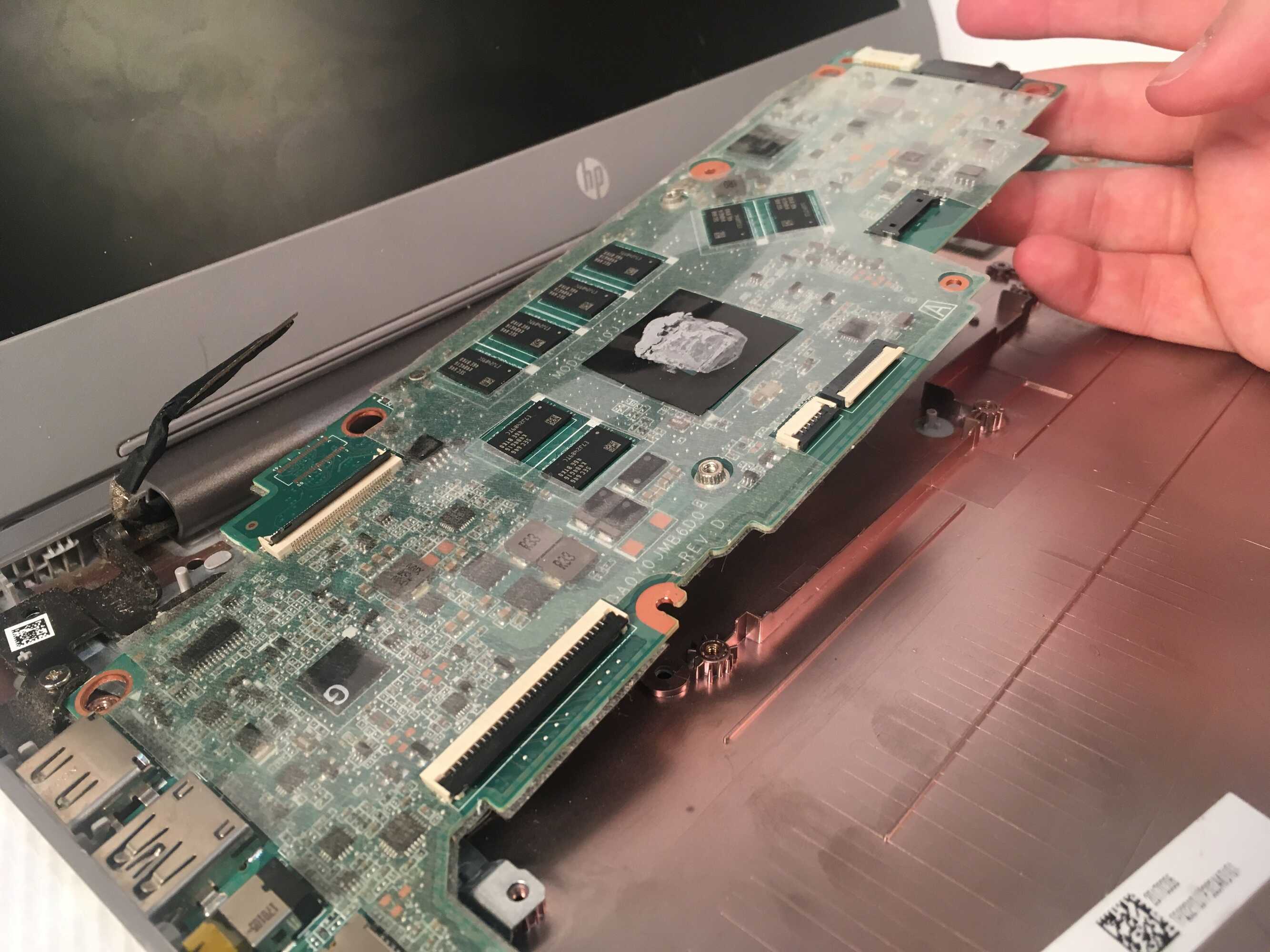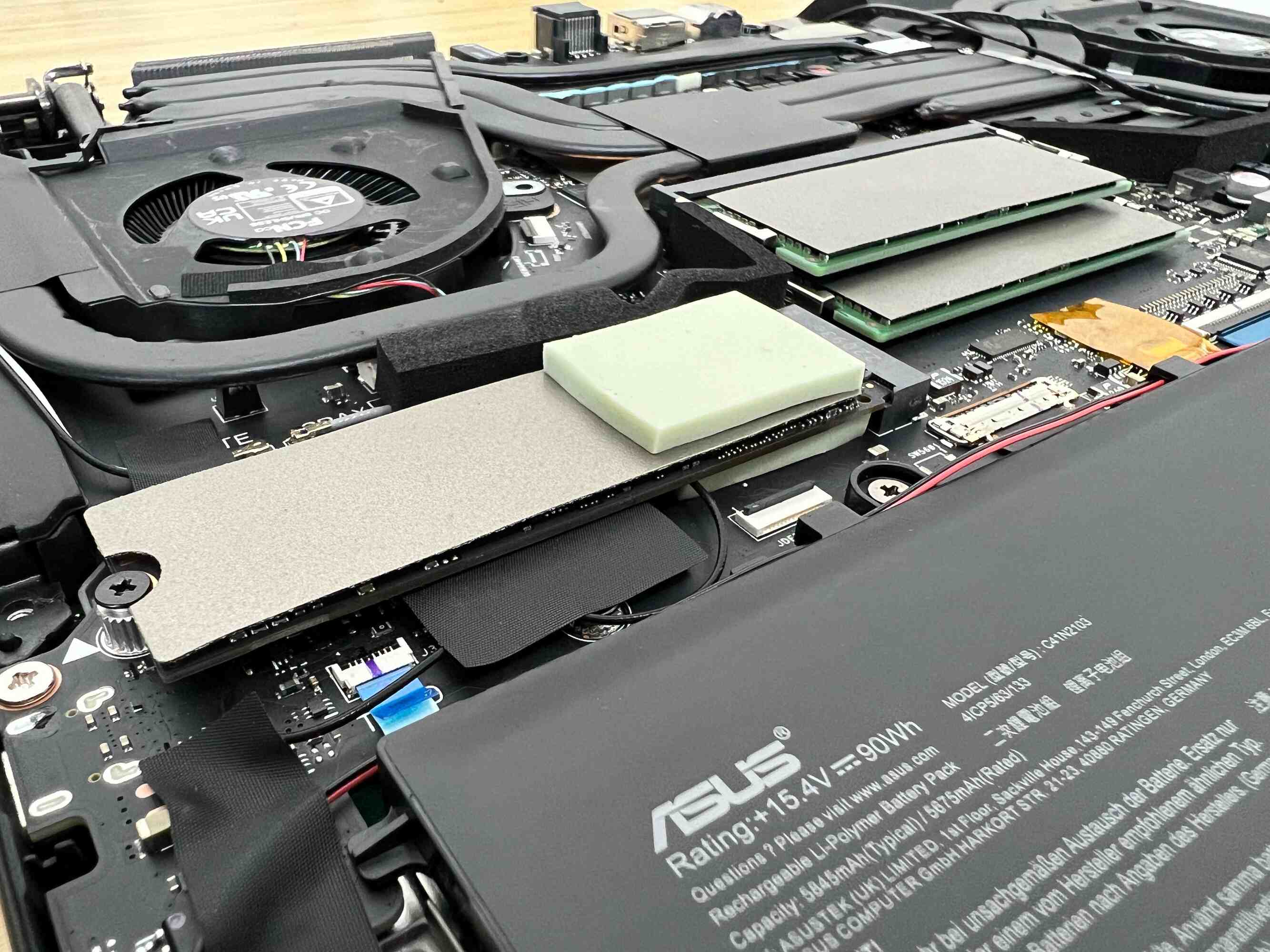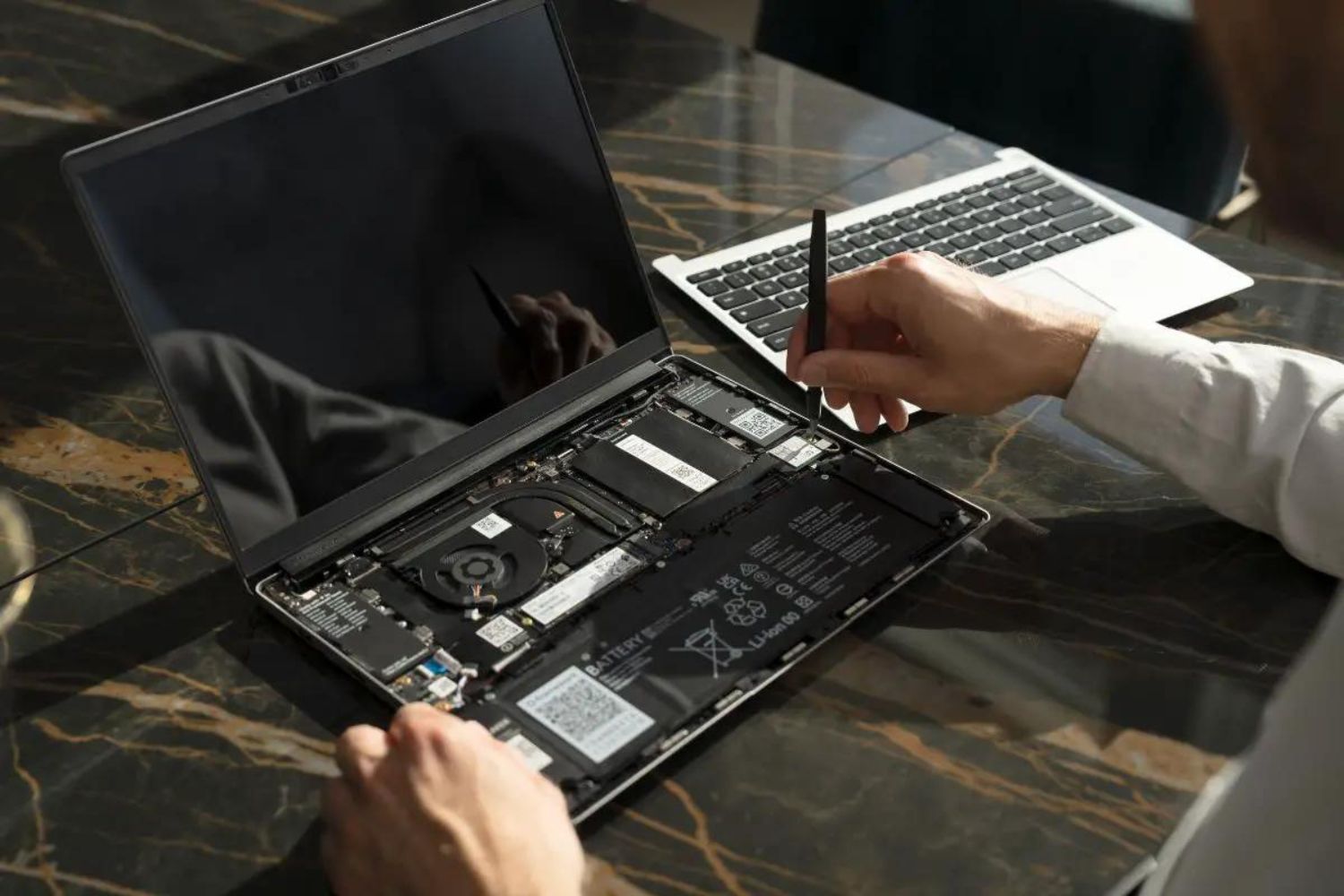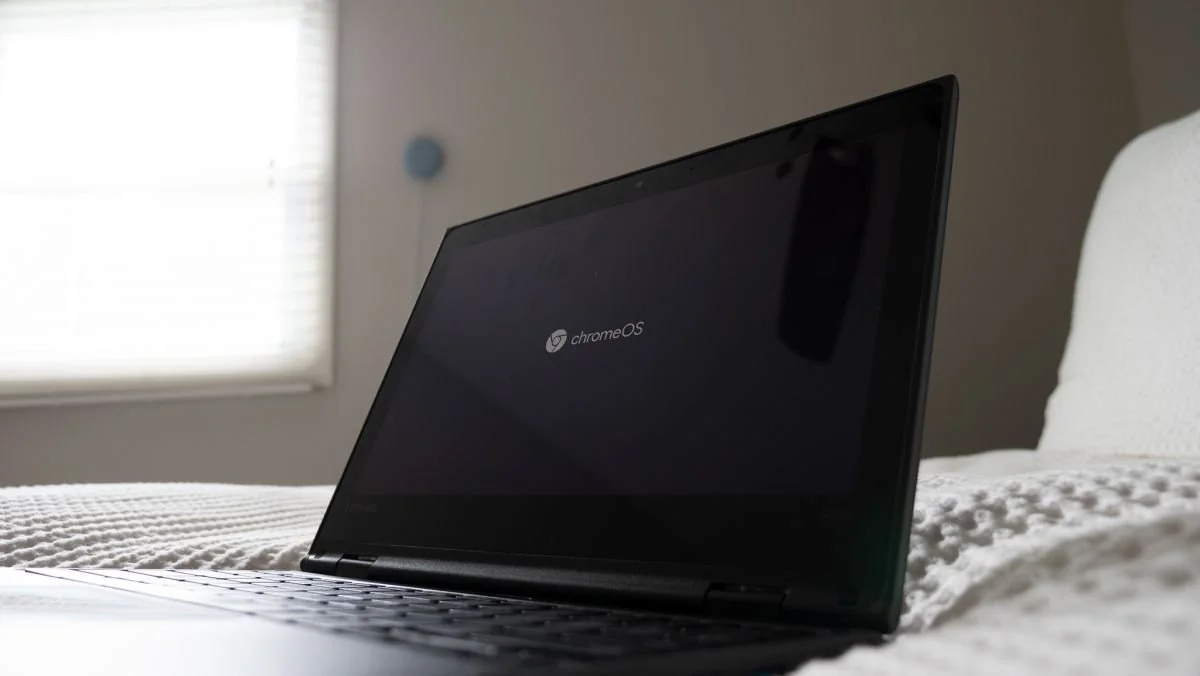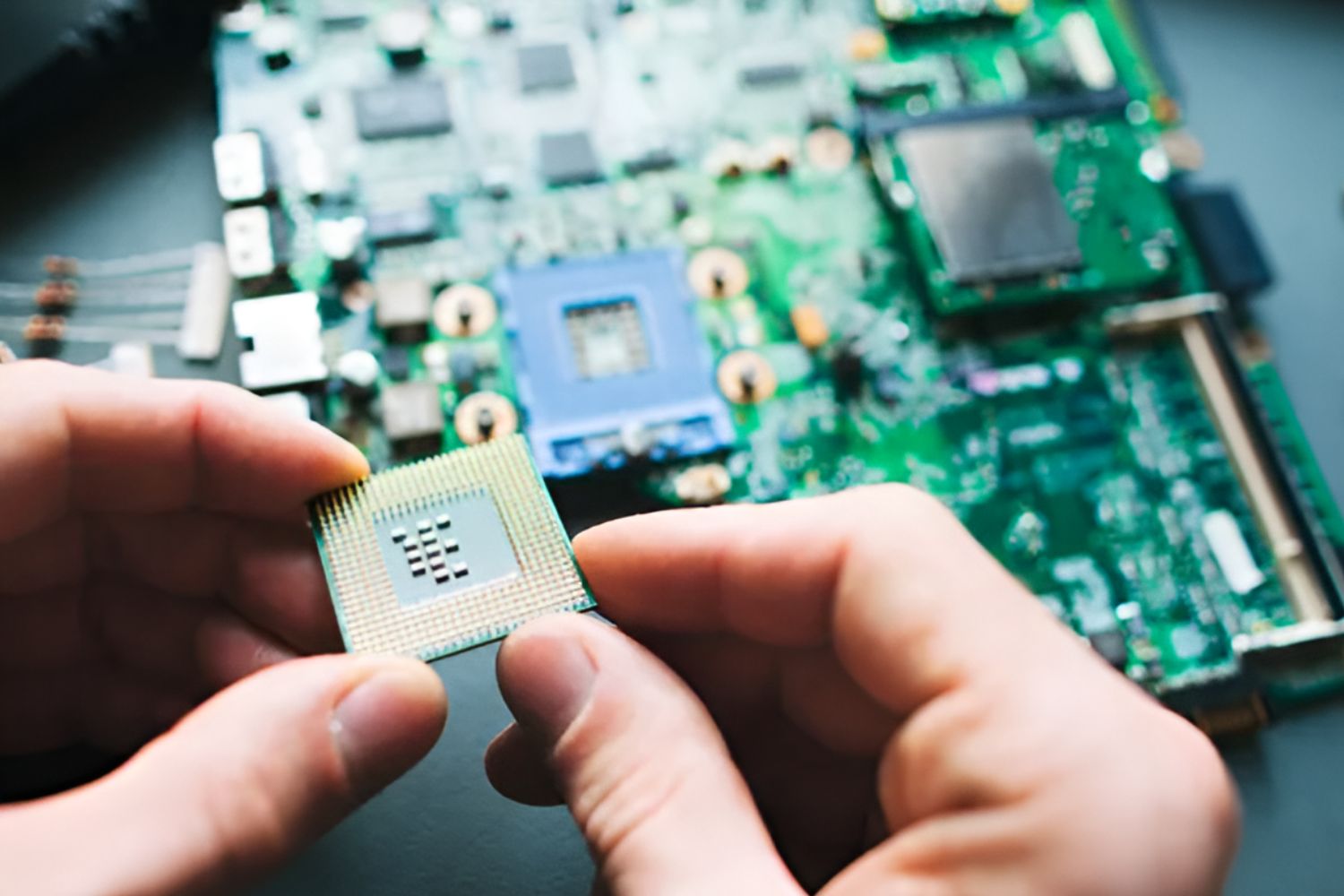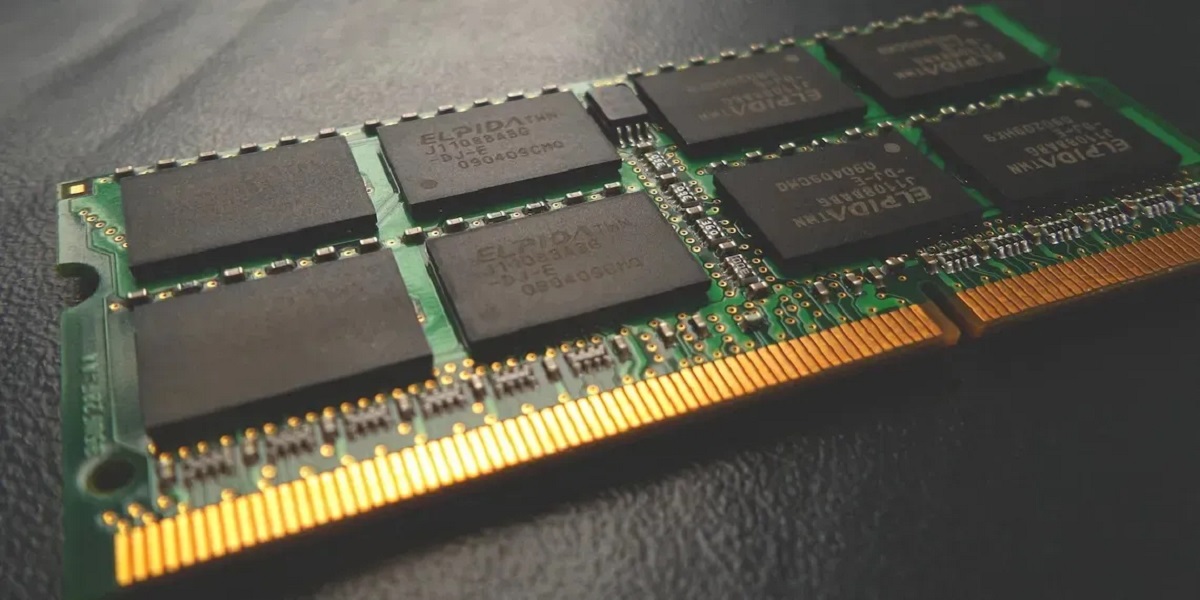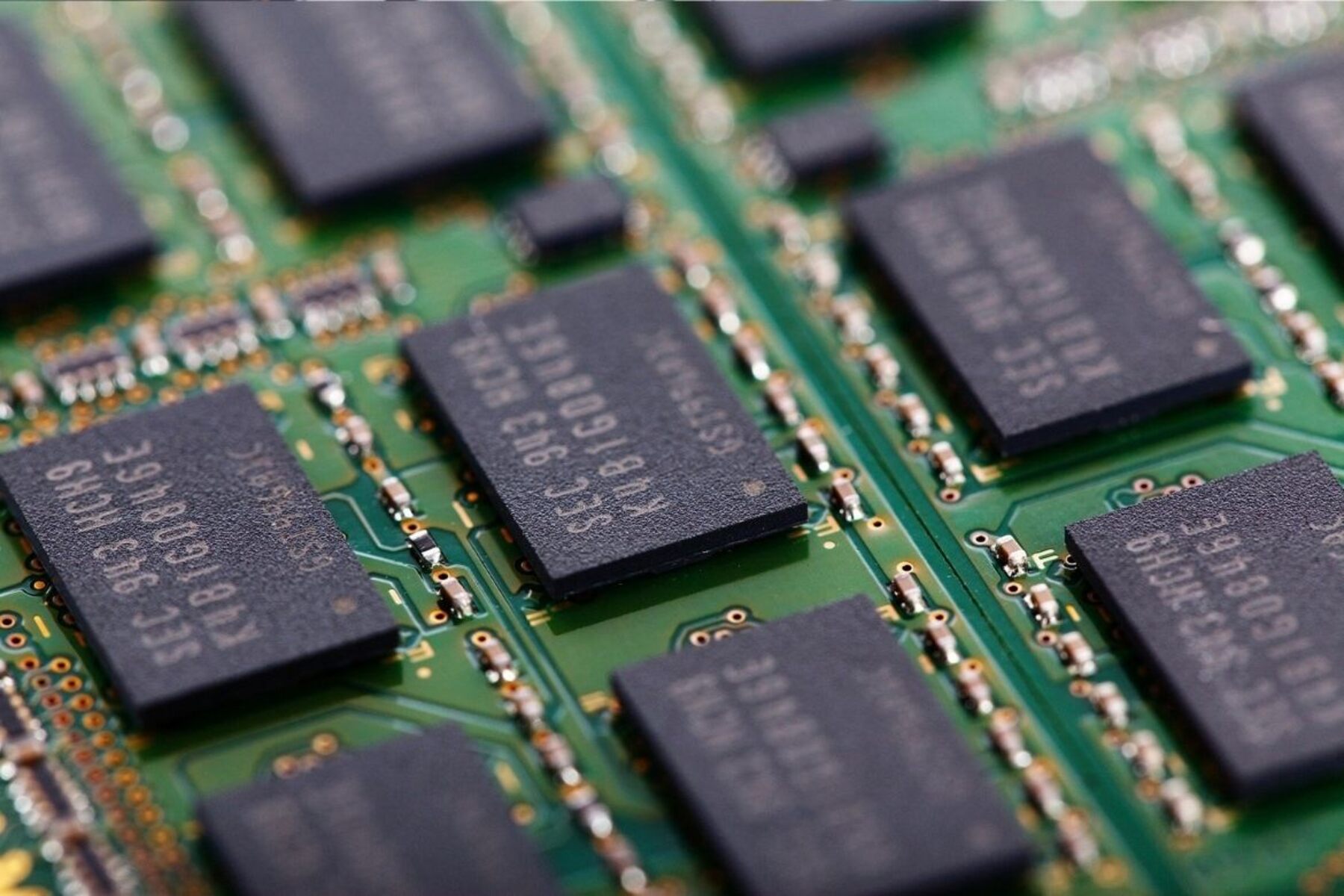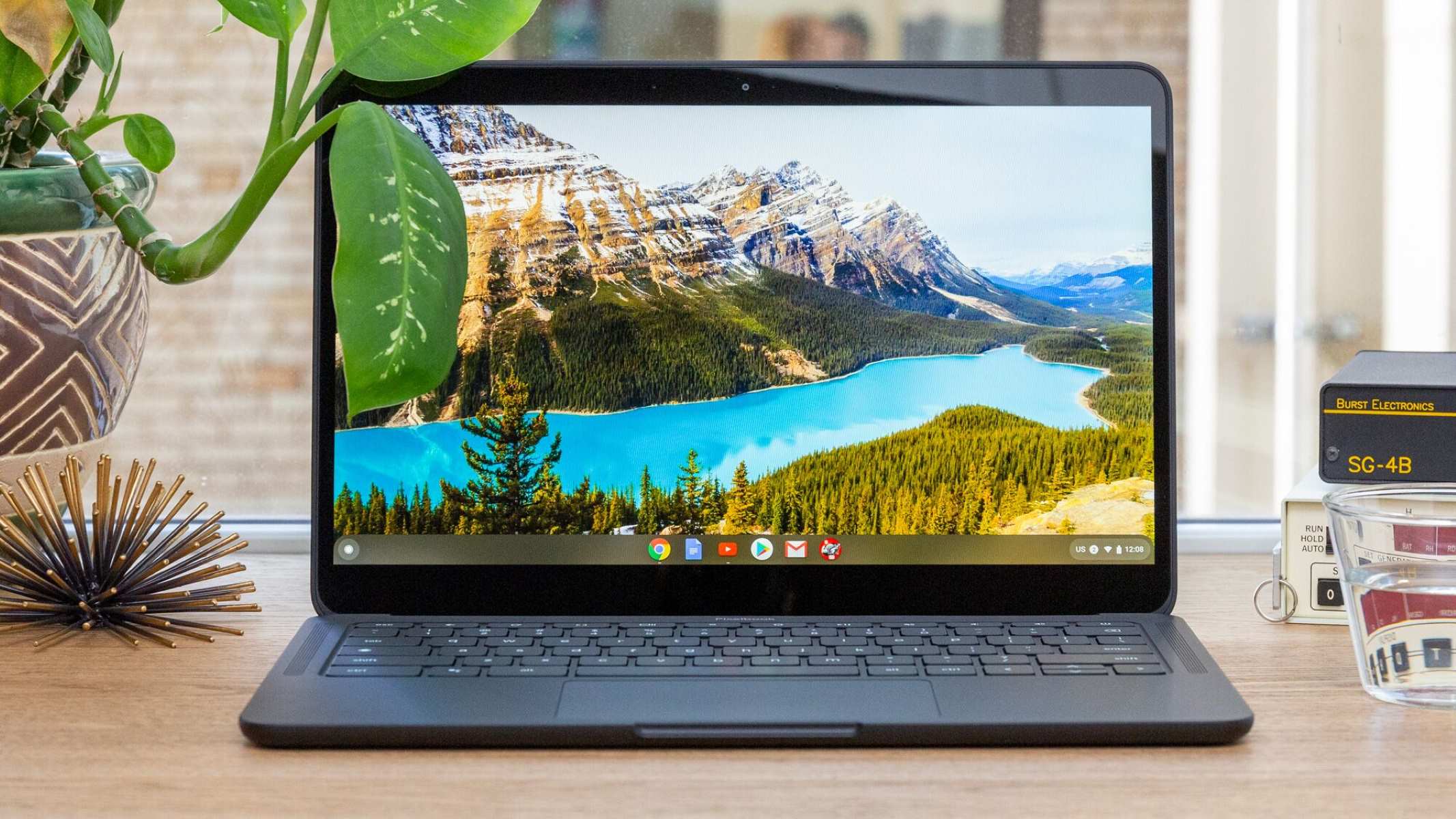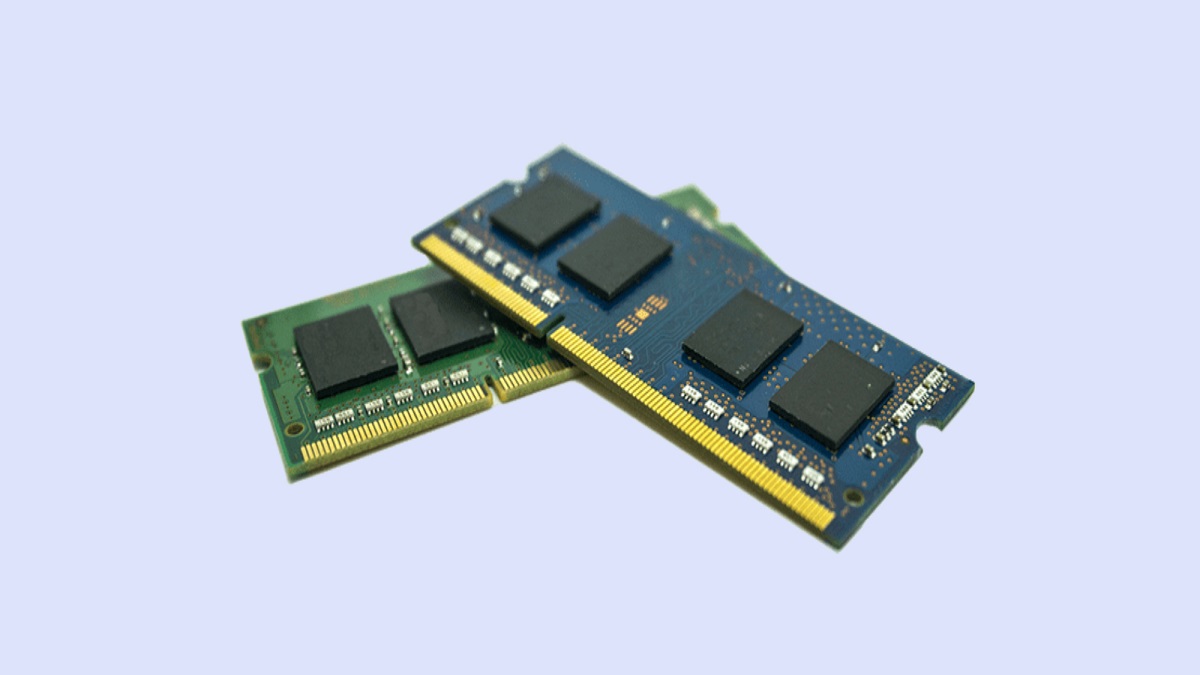Introduction:
Welcome to our guide on how much RAM you need for a Chromebook. As technology continues to advance, Chromebooks have become increasingly popular due to their affordability, portability, and seamless integration with Google’s suite of applications. However, when it comes to RAM (Random Access Memory), many users find themselves uncertain about how much they actually need. In this article, we will explore the importance of RAM for Chromebooks and help you determine the optimal amount for your specific needs.
RAM is a crucial component of any computing device, including Chromebooks. It acts as the temporary storage for data that your device needs to access quickly. When you open applications, browse the internet, or perform any other tasks, the operating system allocates RAM to these processes to ensure smooth and efficient performance.
Understanding the importance of RAM is essential because it directly impacts the performance of your Chromebook. Whether you’re a student, professional, or casual user, having an adequate amount of RAM is key to ensuring that your device can handle the tasks you throw at it without any lag or slowdowns.
In this guide, we will discuss the RAM requirements for different types of users, from those who primarily use their Chromebook for basic tasks like web browsing and word processing to power users who multitask heavily or run resource-intensive applications. By the end of this article, you will have a clearer understanding of how much RAM you need for your Chromebook.
What is RAM?
Before we delve into the importance of RAM for Chromebooks, let’s take a moment to understand what RAM actually is. RAM, or Random Access Memory, is a type of computer memory that is used to temporarily store data that the computer or device needs to access quickly. Unlike the long-term storage provided by the hard drive or solid-state drive (SSD), RAM provides fast and temporary storage for data that is actively being used by the operating system or applications.
Think of RAM as the workspace of your Chromebook. When you launch an application or open a file, it gets loaded into the RAM, allowing the device to quickly and easily access and manipulate the data. The more RAM your Chromebook has, the more tasks it can handle simultaneously without experiencing performance issues.
RAM operates at a much faster speed than the storage drives, which makes it vital for multitasking and running resource-intensive applications. When you have sufficient RAM, your Chromebook can switch between different tasks smoothly, keeping everything running efficiently.
It’s important to note that RAM is a form of volatile memory, meaning that its contents are erased when the device is powered off or restarted. This is why it’s crucial to have enough RAM to handle your tasks so that your Chromebook can operate at its optimal speed and performance.
Now that we have a basic understanding of what RAM is and how it functions, let’s proceed to the next section to explore why RAM is particularly important for Chromebooks.
Why is RAM important for a Chromebook?
RAM plays a crucial role in the overall performance of a Chromebook. As Chrome OS is a lightweight and efficient operating system, it can run smoothly on devices with lower RAM compared to traditional desktop operating systems. However, it is still important to have an appropriate amount of RAM for your Chromebook to ensure optimal performance for your tasks.
One of the main reasons why RAM is important for a Chromebook is multitasking. With the ability to have multiple tabs and applications open at once, Chromebooks are designed to enable users to work efficiently and seamlessly. Each tab or application that you have open takes up a portion of your available RAM. Insufficient RAM can result in sluggish performance, lags, and even crashes when attempting to juggle numerous tasks simultaneously.
Furthermore, RAM is especially important for running resource-intensive web applications and extensions. Many of the popular web applications and extensions that users rely on for work, school, or entertainment can consume a significant amount of RAM. Examples include photo and video editors, online gaming platforms, and virtual meeting tools. Having an adequate amount of RAM ensures a smooth and responsive experience when using these applications, without experiencing delays or freezing.
Another reason why RAM is important for a Chromebook is future-proofing. By investing in a Chromebook with ample RAM, you are ensuring that it can handle the increasing demands of future software updates and web applications. As technology evolves, applications become more feature-rich and resource-intensive, requiring more RAM to run smoothly. By having sufficient RAM, you can future-proof your Chromebook and avoid the need for an upgrade in the near future.
While RAM is important for most computing devices, it holds particular significance for Chromebooks due to their reliance on web-based applications and cloud storage. Chromebooks heavily rely on internet connectivity, and having enough RAM ensures that web pages load quickly, files sync seamlessly, and online applications perform smoothly.
In the next section, we will discuss the typical amount of RAM that most Chromebooks come with and how it impacts their performance.
How much RAM do most Chromebooks come with?
When it comes to the amount of RAM that comes pre-installed on Chromebooks, there is a range of options available. The RAM capacity of Chromebooks typically depends on the specific model and its intended use, as well as the price point.
At the lower end of the spectrum, budget-friendly Chromebooks often come equipped with either 2GB or 4GB of RAM. These are suitable for basic tasks such as web browsing, checking emails, and using productivity applications like Google Docs or Sheets. For users who primarily use their Chromebook for light usage and don’t require extensive multitasking or resource-intensive applications, 2GB or 4GB of RAM can provide a satisfactory experience.
In the mid-range, you can find Chromebooks with 6GB or 8GB of RAM. These models offer more flexibility and are better suited for multitasking, running multiple tabs, and using more demanding web applications. With 6GB or 8GB of RAM, you’ll experience smoother performance and have the ability to handle more intensive tasks without a significant drop in speed or responsiveness.
For power users or those who frequently work with resource-intensive applications, there are high-end Chromebooks equipped with 16GB or even 32GB of RAM. These machines are designed to handle heavy multitasking, advanced web applications, and even Linux applications through Chrome OS’s Linux support feature. High RAM capacity ensures smooth performance, minimal lag, and fast response times, even when running demanding tasks simultaneously.
It’s important to note that as the RAM capacity increases, so does the price of the Chromebook. Therefore, it’s crucial to consider your specific needs and budget before choosing a Chromebook with higher RAM capacity. While having more RAM can certainly enhance performance, it may not be necessary for everyone.
In the next sections, we will dive deeper into the minimum RAM requirement for basic tasks and the recommended RAM for multitasking and power users.
Minimum RAM requirement for basic tasks
If you primarily use your Chromebook for basic tasks such as web browsing, email, word processing, and streaming media, you can get by with a minimum amount of RAM. A Chromebook with 2GB or 4GB of RAM is generally sufficient for these tasks.
Web browsing is one of the most common activities on a Chromebook, and it typically doesn’t require a significant amount of RAM unless you have numerous tabs open simultaneously. With 2GB or 4GB of RAM, you can comfortably browse the internet, open multiple tabs, and switch between them without experiencing major performance issues.
For tasks like checking emails, composing documents, or creating spreadsheets using productivity applications like Google Docs or Sheets, 2GB or 4GB of RAM is typically enough. These applications are designed to be lightweight and optimized for Chromebooks, so they don’t put a heavy strain on the system resources.
Streaming media, such as watching videos on YouTube or streaming movies on platforms like Netflix, also do not require a substantial amount of RAM. Chromebooks with 2GB or 4GB of RAM can handle streaming without lag, allowing you to enjoy your favorite content smoothly.
It’s important to note that while 2GB of RAM can still provide a functional experience for basic tasks, opting for a Chromebook with 4GB of RAM provides more headroom for multitasking and smoother overall performance. With 4GB of RAM, you’ll have the capability to open additional tabs, run productivity applications more efficiently, and have a more responsive user experience.
In the following section, we will discuss the recommended amount of RAM for users who engage in heavy multitasking or require more processing power for their tasks.
Recommended RAM for multitasking and power users
If you’re a multitasker or a power user who frequently runs resource-intensive applications, having an adequate amount of RAM on your Chromebook is essential for seamless performance. For multitasking and power users, we recommend opting for a Chromebook with at least 6GB or 8GB of RAM.
With 6GB or 8GB of RAM, you’ll have the capability to open multiple tabs and applications simultaneously without experiencing significant lag or slowdowns. This is particularly useful for users who often have several browser tabs open at once, switch between different productivity applications, or work with memory-intensive web applications or extensions.
If you’re a student who needs to have multiple resources open for research, a professional who uses virtual meeting tools while working on documents and spreadsheets, or a creator who relies on photo or video editing applications, 6GB or 8GB of RAM will provide the necessary processing power to ensure a smooth and efficient workflow.
Moreover, power users who engage in advanced tasks, such as running Linux applications through Chrome OS’s Linux support feature, will greatly benefit from the increased RAM capacity. Linux applications often require more memory to function smoothly, and having 6GB or 8GB of RAM ensures that your Chromebook can handle these applications without a hitch.
Additionally, for users who intend to future-proof their Chromebook and want to ensure that it can handle upcoming software updates and more demanding applications, opting for a Chromebook with 8GB of RAM is a wise choice. The extra RAM not only provides better performance for current tasks but allows for more flexibility and better performance in the long run.
While 6GB or 8GB of RAM is recommended for multitasking and power users, it’s important to note that more RAM doesn’t always equate to better performance. The RAM capacity should be chosen based on your specific needs and usage patterns. Investing in a Chromebook with unnecessary excess RAM may not yield significant improvements in performance unless you engage in highly demanding tasks.
In the next section, we will explore whether it’s possible to upgrade the RAM on a Chromebook.
Does more RAM always mean better performance?
While having more RAM generally translates to better performance, it’s important to understand that there are limits to how much RAM can impact the overall performance of a Chromebook. Simply put, more RAM doesn’t always guarantee a significant boost in performance, especially if the tasks you typically run on your Chromebook don’t require a large amount of memory.
The benefit of having more RAM becomes more evident when you engage in tasks that require heavy multitasking or use memory-intensive applications. Opening multiple browser tabs, running several applications simultaneously, or using resource-demanding web applications can benefit greatly from having more RAM. With additional RAM, your Chromebook can keep more data in active memory, reducing the need to constantly access the slower storage drives and resulting in smoother multitasking and faster response times.
However, it’s important to note that the performance boost achieved by adding more RAM reaches a point of diminishing returns. Every Chromebook has its hardware limitations and technical specifications that can impact performance, regardless of the amount of RAM installed. If the processor or other components are unable to keep up with the demands of the tasks being performed, adding more RAM may not provide a significant improvement in performance.
Furthermore, it’s crucial to consider the specific tasks and applications you use on a daily basis. If you primarily use your Chromebook for basic web browsing, email, and word processing, the difference in performance between having 4GB and 8GB of RAM may not be noticeable. In such cases, investing in more RAM may not be the best use of your resources.
In summary, while having more RAM can enhance performance, it’s important to assess your specific needs, usage patterns, and the nature of the tasks you perform on your Chromebook. Consider whether the tasks you engage in require heavy multitasking, memory-intensive applications, or advanced features that would benefit from additional RAM. Evaluating these factors will help you determine if investing in more RAM will truly result in a noticeable improvement in performance.
In the next section, we will discuss whether it is possible to upgrade the RAM on a Chromebook.
Is it possible to upgrade the RAM on a Chromebook?
Unlike traditional laptops or desktop computers, most Chromebooks have their RAM soldered directly onto the motherboard, making it difficult or impossible to upgrade the RAM. Chromebooks are generally designed to be compact, lightweight, and budget-friendly, which often means sacrificing upgradability in favor of cost savings and a sleek design.
While there are a few exceptions to this rule, it’s important to research the specific model of Chromebook you own or plan to purchase to determine if RAM upgrades are possible. Some high-end Chromebook models may offer user-upgradeable RAM options, allowing you to increase the RAM capacity to meet your needs. However, these models are relatively rare and may come at a higher price point.
If you’re considering upgrading the RAM on your Chromebook, it’s strongly advised to consult the manufacturer’s documentation or support resources to determine if your specific model allows for RAM upgrades. Attempting to upgrade the RAM on a Chromebook that is not designed for such upgrades can result in voiding the warranty, damaging the device, or rendering it inoperable.
While upgrading RAM may not be a feasible option for most Chromebook users due to the limited upgradability, it’s important to note that Chromebooks are designed to run efficiently and perform well with the hardware configuration they come with. By choosing a Chromebook with an appropriate amount of RAM that meets your needs, you can ensure a smooth and enjoyable computing experience without the need for additional upgrades.
It’s worth mentioning that if you find yourself in need of more RAM and are unable to upgrade on your current Chromebook, there are alternative approaches to optimize performance. Closing unnecessary tabs and applications, utilizing browser extensions and plugins judiciously, and regularly clearing cache and temporary files can help free up memory and improve overall performance.
Before making a purchase or attempting to upgrade the RAM on a Chromebook, it’s essential to carefully consider your usage requirements, budget, and the specific limitations and capabilities of the device you are interested in. By doing so, you can make an informed decision and choose the right Chromebook that best suits your needs.
Conclusion:
Choosing the right amount of RAM for your Chromebook is crucial to ensure optimal performance and a smooth computing experience. While Chromebooks are generally designed to be efficient and lightweight, the amount of RAM you have can greatly impact your device’s ability to handle multitasking, run resource-intensive applications, and provide a responsive user experience.
For users who primarily engage in basic tasks such as web browsing, email, and word processing, a Chromebook with 2GB or 4GB of RAM is typically sufficient. This level of RAM allows for smooth performance and the ability to handle everyday tasks without significant lag or slowdowns.
However, for users who frequently multitask, run memory-intensive applications, or have more demanding computing needs, opting for a Chromebook with 6GB or 8GB of RAM is recommended. This increased RAM capacity provides more headroom for multitasking, smoother performance for resource-intensive applications, and future-proofing your device for upcoming software updates and demands.
While more RAM generally results in better performance, it’s important to note that there are limits to the benefits gained by increasing RAM. It’s crucial to evaluate your specific usage patterns, tasks, and budget to determine the optimal amount of RAM needed for your Chromebook. Investing in unnecessary excess RAM may not provide significant improvements in performance unless you engage in resource-intensive tasks.
Furthermore, it’s important to consider the specifications and limitations of your specific Chromebook model. Most Chromebooks have non-upgradable RAM due to design and cost considerations. However, a few high-end models may offer user-upgradeable RAM options, but such models are relatively rare.
Ultimately, the recommended amount of RAM for your Chromebook depends on your usage and needs. By understanding the importance of RAM, evaluating your specific requirements, and choosing a Chromebook with an appropriate amount of RAM, you can ensure a smooth and seamless computing experience that meets your needs and enhances your productivity.







